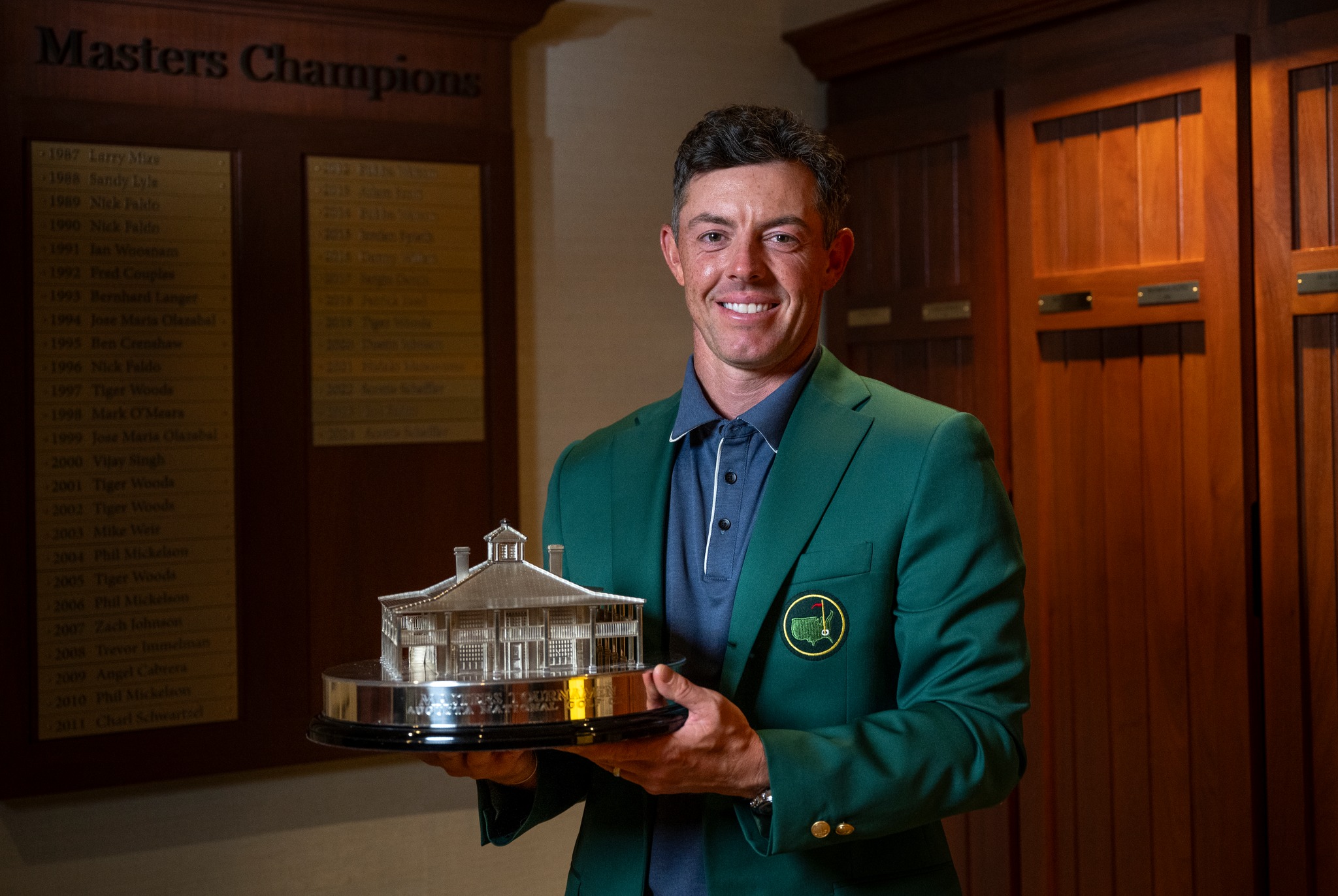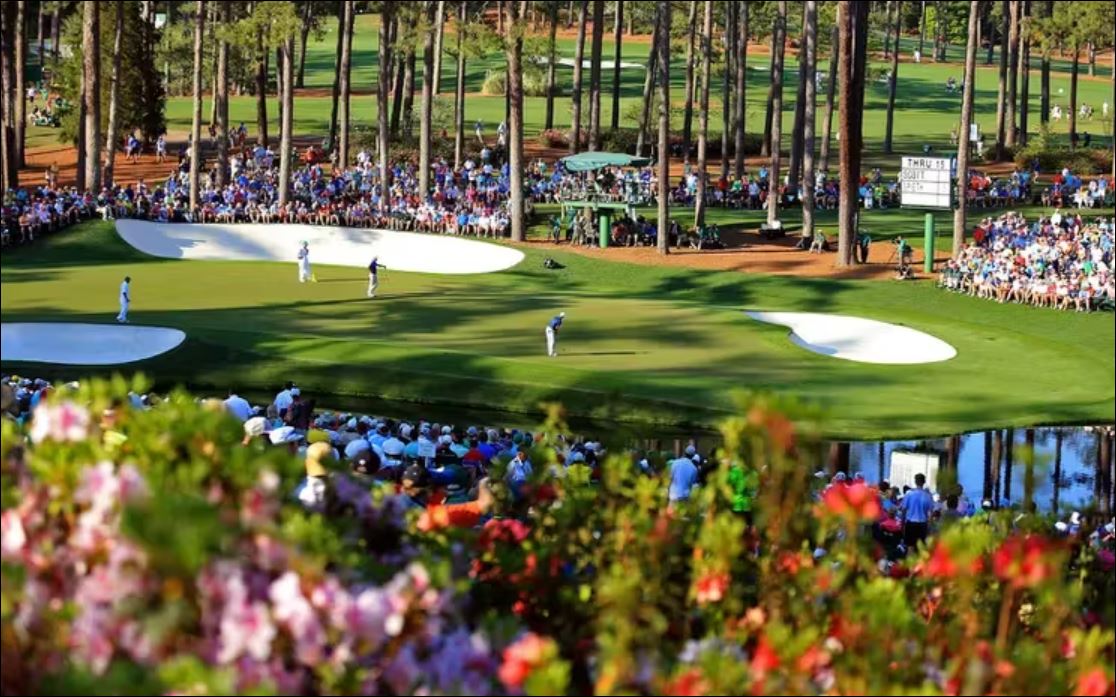Should you be able to put your rooting interests aside – a difficult task considering the massive popularity of the competitors who went off in the final pairing, Rory McIlroy and Bryson DeChambeau – what needs to be embraced is the magnitude of Sunday’s final round of the 89th Masters Tournament.
Brilliant as this storied Tournament’s history, one of the grandest, yet most inexplicable, layers is this: Rarely does it unfold that on Sunday we get just two players, those in the final pairing, going head to head to decide the Green Jacket.
For sure, the final round had all the ingredients for such an occasion. The script could not have involved better storylines. McIlroy at 12-under through 54 holes, leading DeChambeau by two and only one other player was within five of the lead.


Head to head, it figured to be. And between players who had finished first (DeChambeau) and second (McIlroy) at a riveting U.S. Open last summer; players who have combined for six major championships (McIlroy four, DeChambeau two); heavyweights, for sure, players widely renowned for immense power.
Only guess what? The head-to-head encounter between the combatants in the final pairing on Sunday will remain a Masters anomaly. Playing 10 holes (Nos. 3-12) in 5-over, DeChambeau tumbled from contention.
What’s more – and what’s irrefutably ingrained in the fabric of the Masters – is that players who begin the day four back (Ludvig Åberg) and seven behind (Justin Rose) can work their way into contention and earn themselves a share of the lead with such breathtaking rallies that you found yourself in a gleeful mood, knowing that this had not morphed into that two-man runaway.


